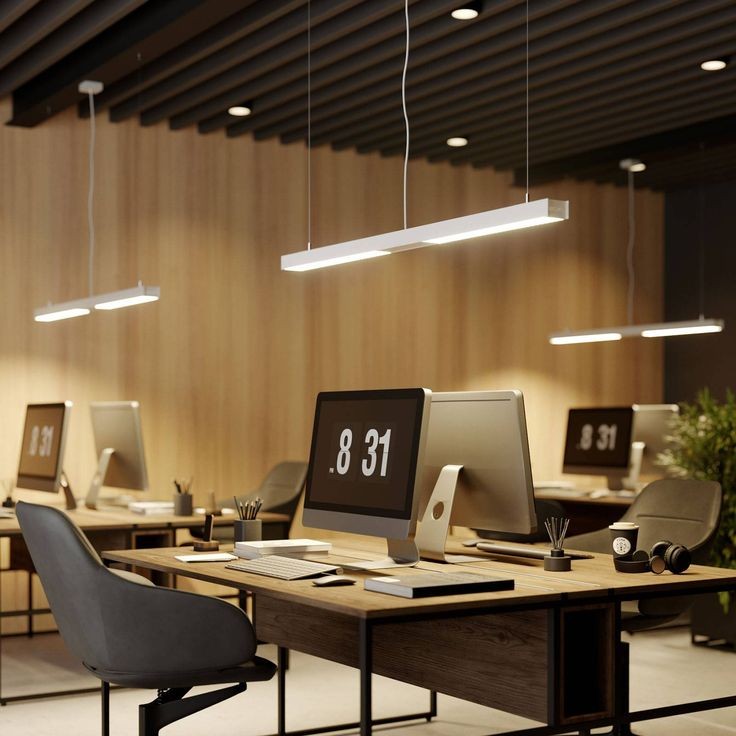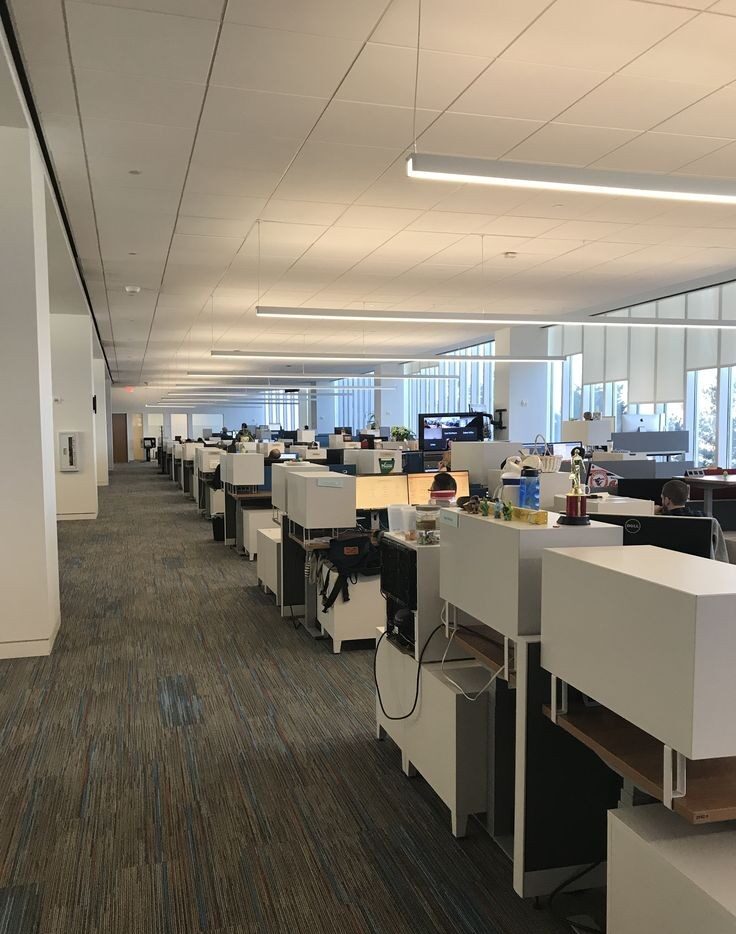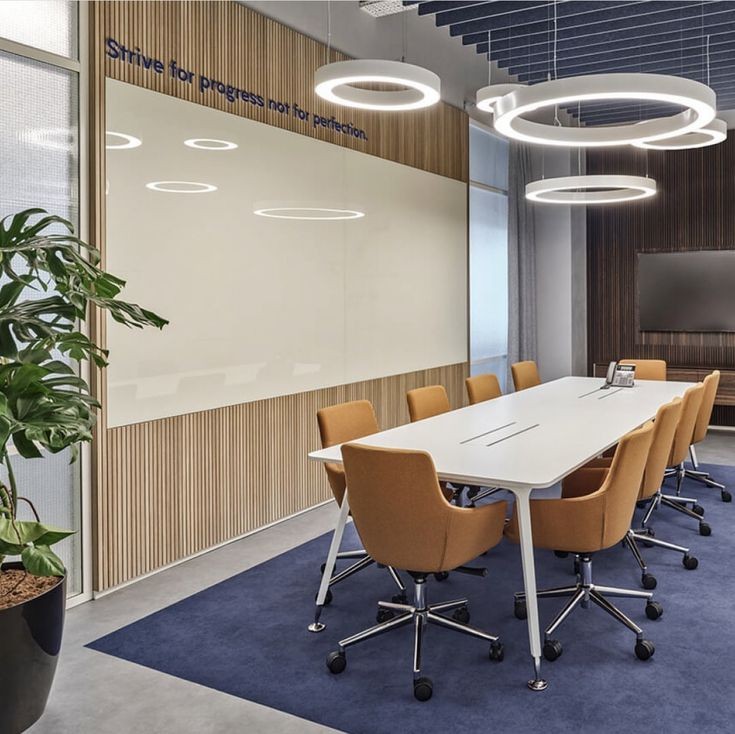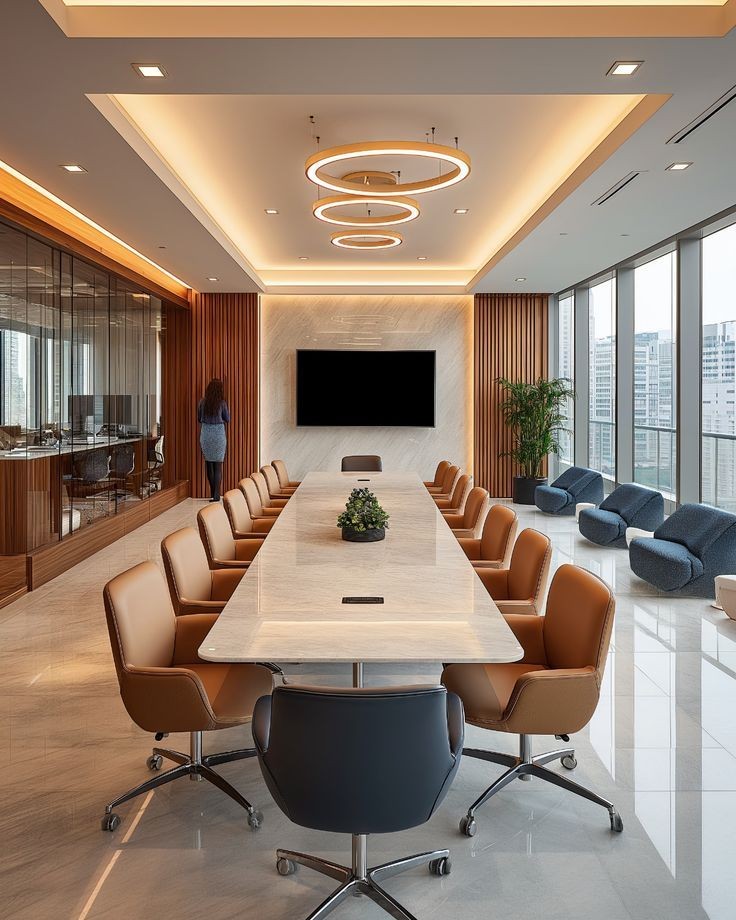Lighting in office and commercial units is a key factor in the design of interior spaces that has a direct impact on the productivity, health, and satisfaction of employees and customers. In addition to improving work performance, proper lighting in these spaces also increases the attractiveness of the environment and its positive impact on the audience. In office units, lighting should be designed in a way that reduces eye fatigue and increases employee concentration and efficiency. In contrast, commercial units need lighting that makes the shopping experience pleasant and helps to better display products. Choosing the right lighting systems, including the type of lamps, light intensity, distribution, and color temperature of light, is not only important from a visual perspective, but also from an economic and energy perspective. Smart design in this area can lead to the creation of a pleasant, sustainable, and efficient environment.

What is lux or light intensity?
Lux is a unit of measurement for light intensity in the International System of Units and indicates the amount of light that is shining on a given surface. In simpler terms, lux indicates how much light is distributed in one square meter of space. One lux is equal to one lumen (a unit of measurement of luminous flux) per square meter.
This concept is of great importance in the design of lighting spaces, especially in work, residential, office and commercial environments. For example, office environments require a light intensity of around 300 to 500 lux so that employees can work without eye fatigue, while stores may require a light intensity higher than 750 lux to better display goods.
Paying attention to the appropriate light intensity not only helps improve the quality of vision and performance, but also plays an important role in creating comfort and improving the energy efficiency of the space. Using tools like a lux meter can help designers create the most optimal lighting conditions for any environment.
Standard lighting levels for office and commercial units
Proper lighting in office environments has a significant impact on the efficiency, concentration and health of employees. Lighting standards for office environments are set to prevent eye fatigue and provide a comfortable and efficient space.
According to international standards, the optimal lighting level for general activities in office environments is between 300 and 500 lux. This value can change depending on the type of activity. For example:
- Working with a computer: 300 to 500 lux
- Reading and writing: 500 to 750 lux
- Public spaces such as corridors: 100 to 200 lux

Also, uniform light distribution and the use of light sources with appropriate color temperature (3500 to 4500 Kelvin for natural and soft light) are of particular importance. Attention to reducing light reflection on screens and glossy surfaces can also help improve working conditions.
Choosing standard lighting not only increases employee productivity, but also ensures their health and satisfaction.

Main factors in office lighting
1. Light intensity
The level of lighting should be appropriate for the type of activity in the space. For example, for tasks that require high concentration, 300 to 500 lux of lighting is recommended. Even distribution of light in the space is also of great importance to prevent shadows and dark areas.
2. Light color temperature
The color temperature of the light (Kelvin) should be consistent with the type of environment and activity. In office environments, natural white light (3500 to 4500 Kelvin) is the best choice because it creates a good balance between warm and cool light and helps maintain concentration.
3. Even distribution of light
Light should be distributed evenly in the space. Using lights with uniform light distribution and reducing bright or dim spots prevents eye fatigue and employee discomfort.
4. Glare and reflection control
Direct glare or reflection from shiny surfaces such as displays or glass tables can reduce concentration and be annoying. Using lights with good light distribution and reducing surface reflections can help with this.
5. Natural light
A combination of natural and artificial light is one of the best ways to create a dynamic and healthy environment. Access to daylight and the use of windows can have a positive impact on the mental and physical health of employees.
6. Energy-efficient
Using energy-efficient light sources such as LED lights not only reduces energy costs, but also lasts longer and requires less maintenance.
7. Dimmability
Designing systems with adjustable light intensity (dimmer) allows users to change the lighting according to their needs, which is useful at different times of the day or for different activities.
8. Safety and ergonomic standards
Lighting design must comply with ergonomic and safety standards to prevent fatigue, headaches, and vision problems.

Shamim Andisheh Company, a leader in professional lighting
If you are looking for creative and professional solutions in lighting, Shamim Andisheh Company is with you with years of experience in the field of designing and implementing lighting systems. Using the latest technologies and complying with international standards, we help you create a beautiful, efficient and pleasant space.
Our expert team at Shamim Andisheh is ready to create a different and attractive environment by providing consulting services, designing and implementing lighting for office and commercial units tailored to your needs.
For free consultation and more information, visit our contact page now and take the first step to brightening your future. Shamim Andisheh, professional lighting for your life.

 English
English العربية
العربية

















